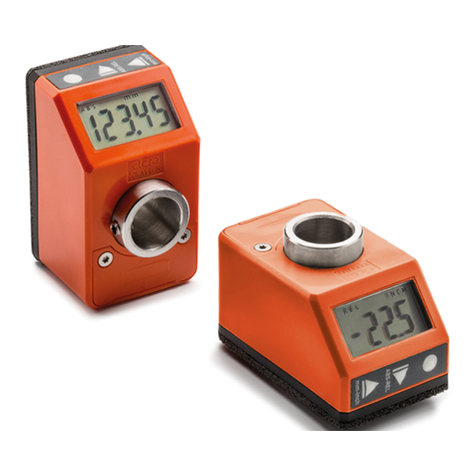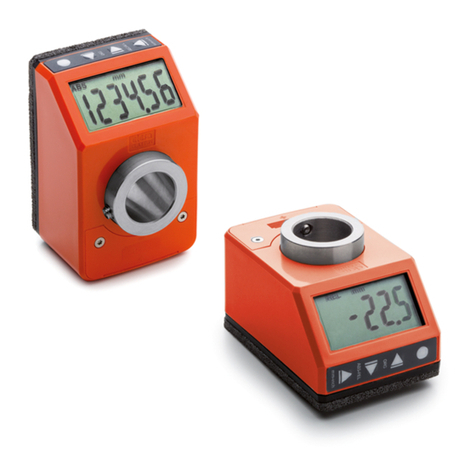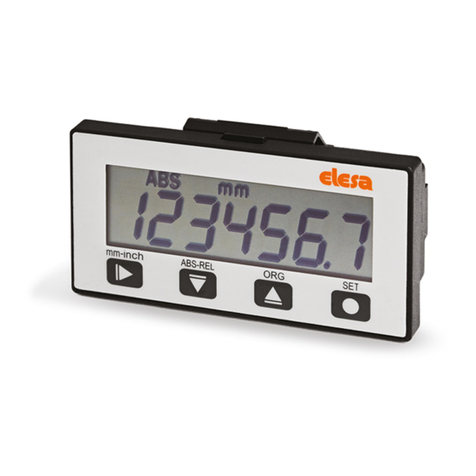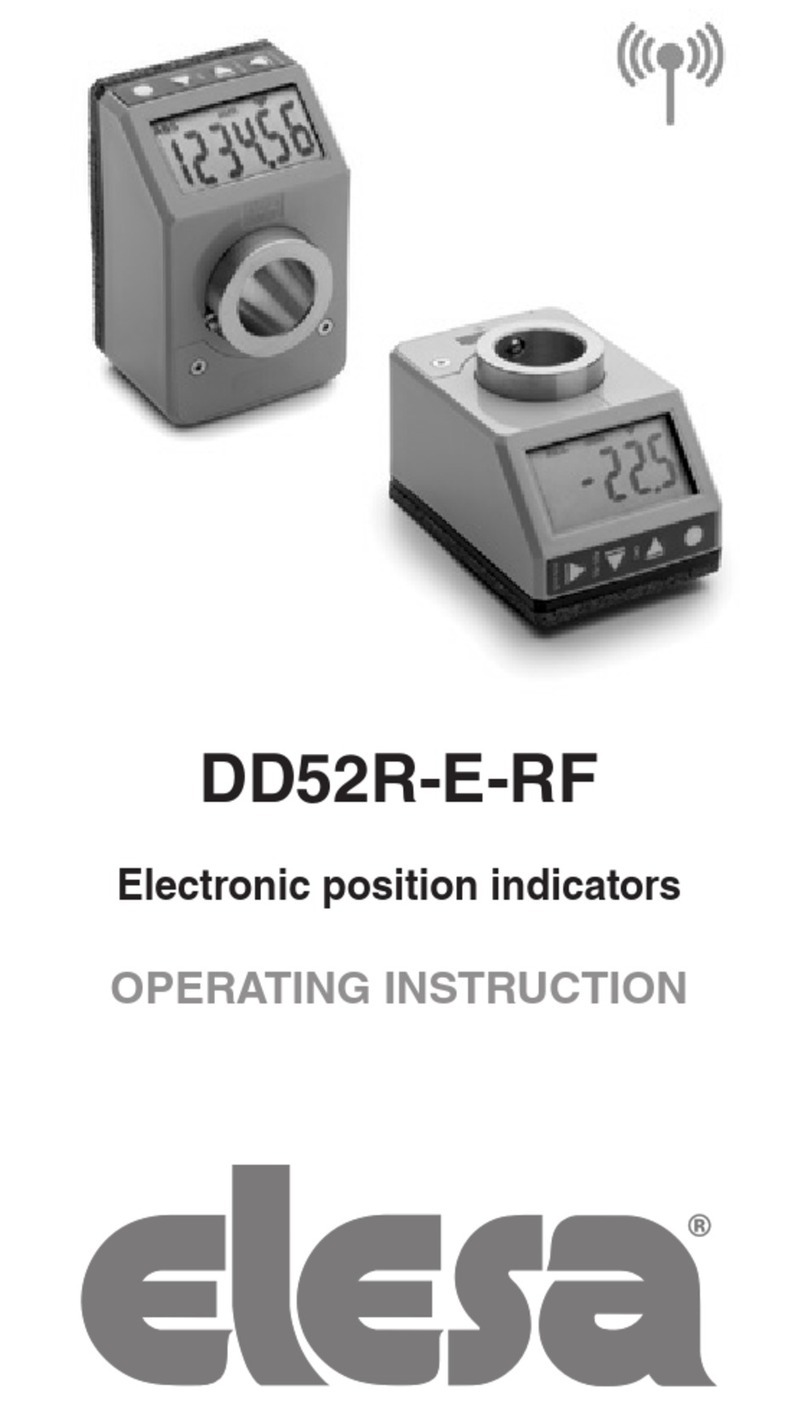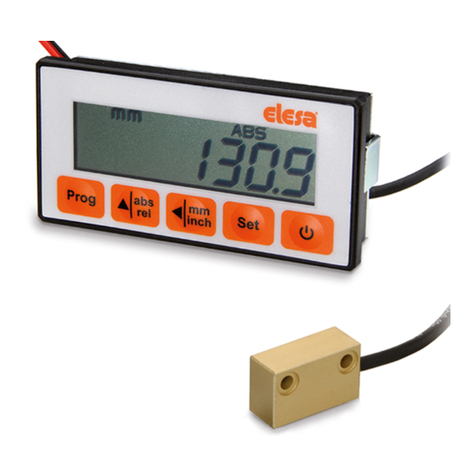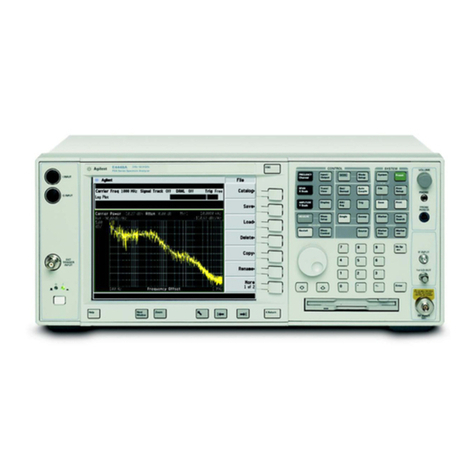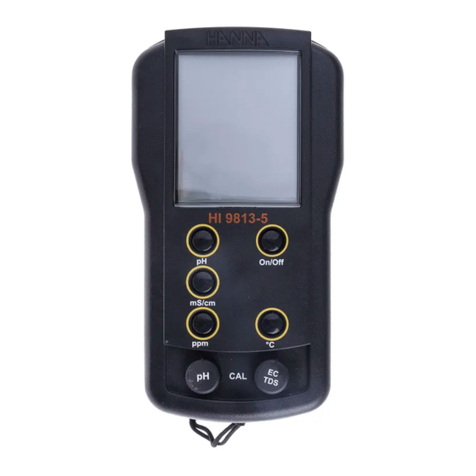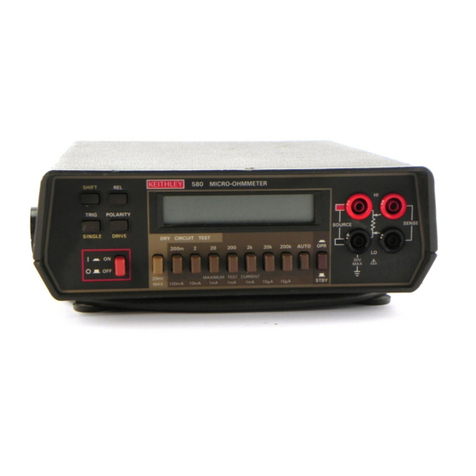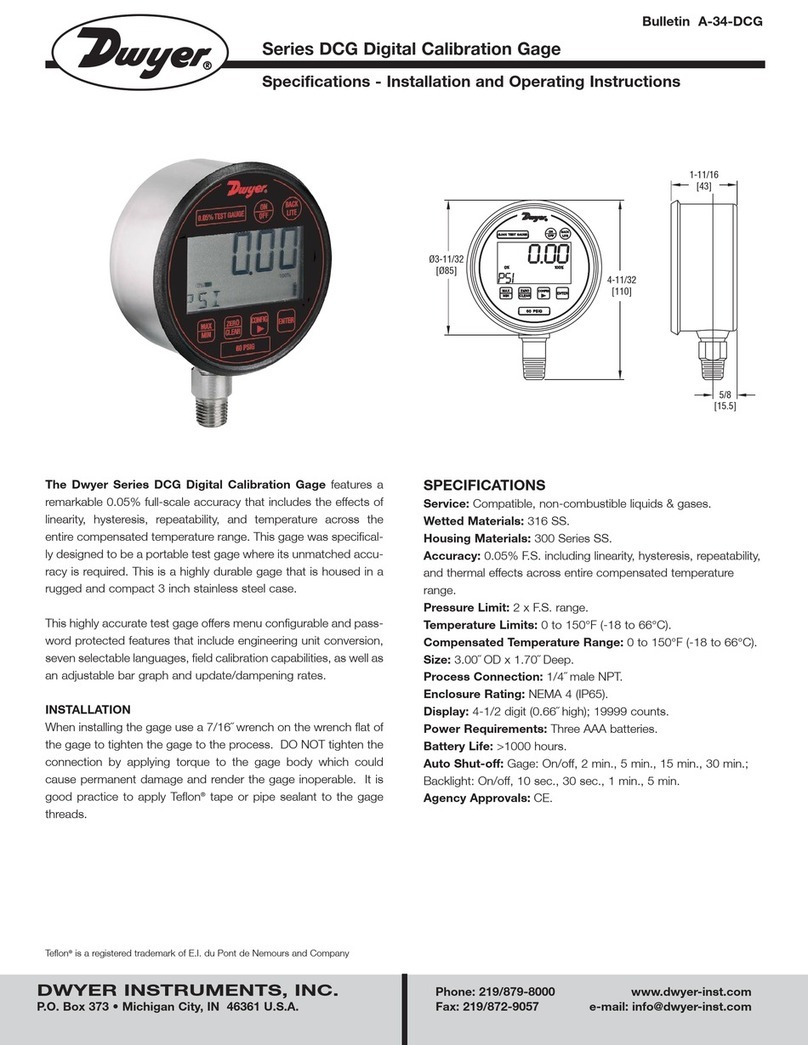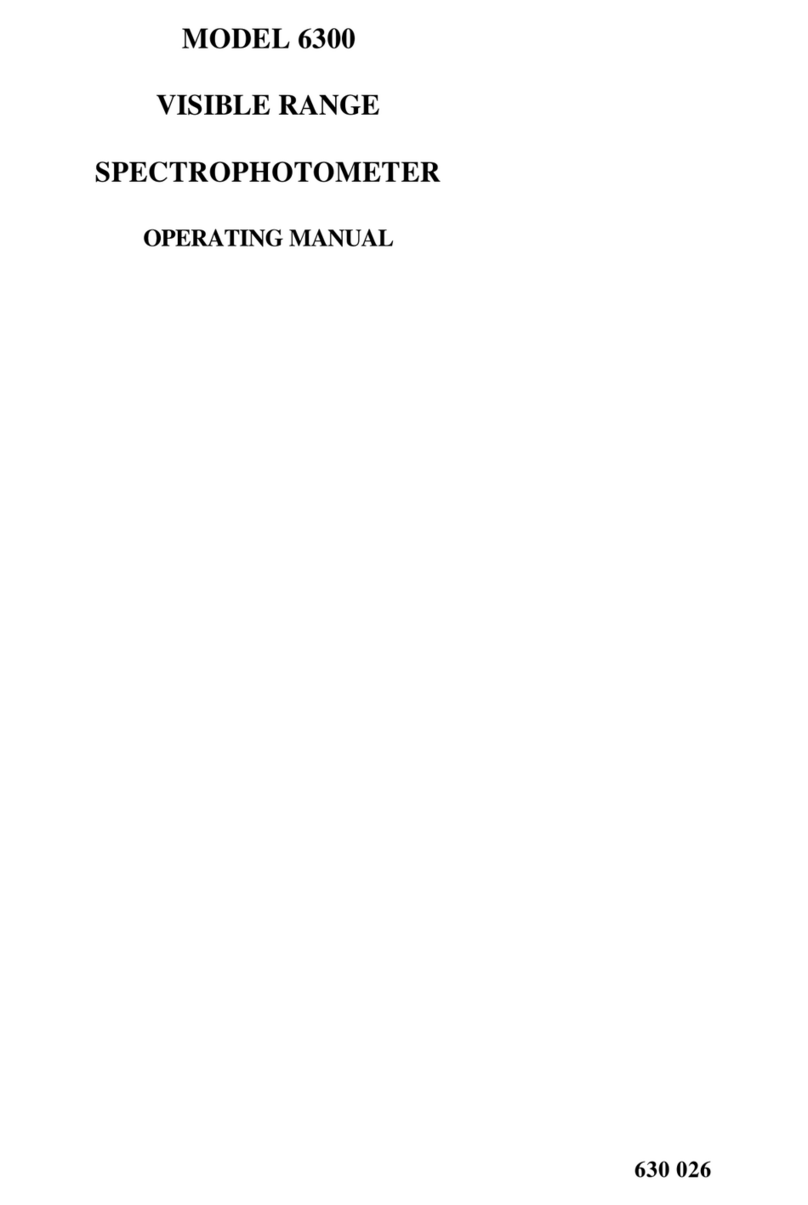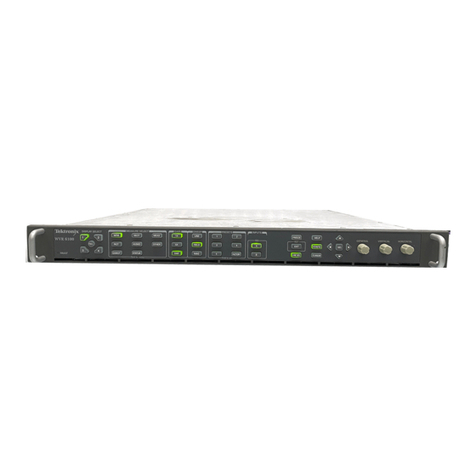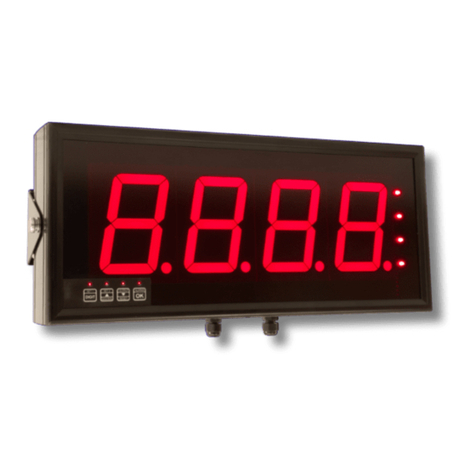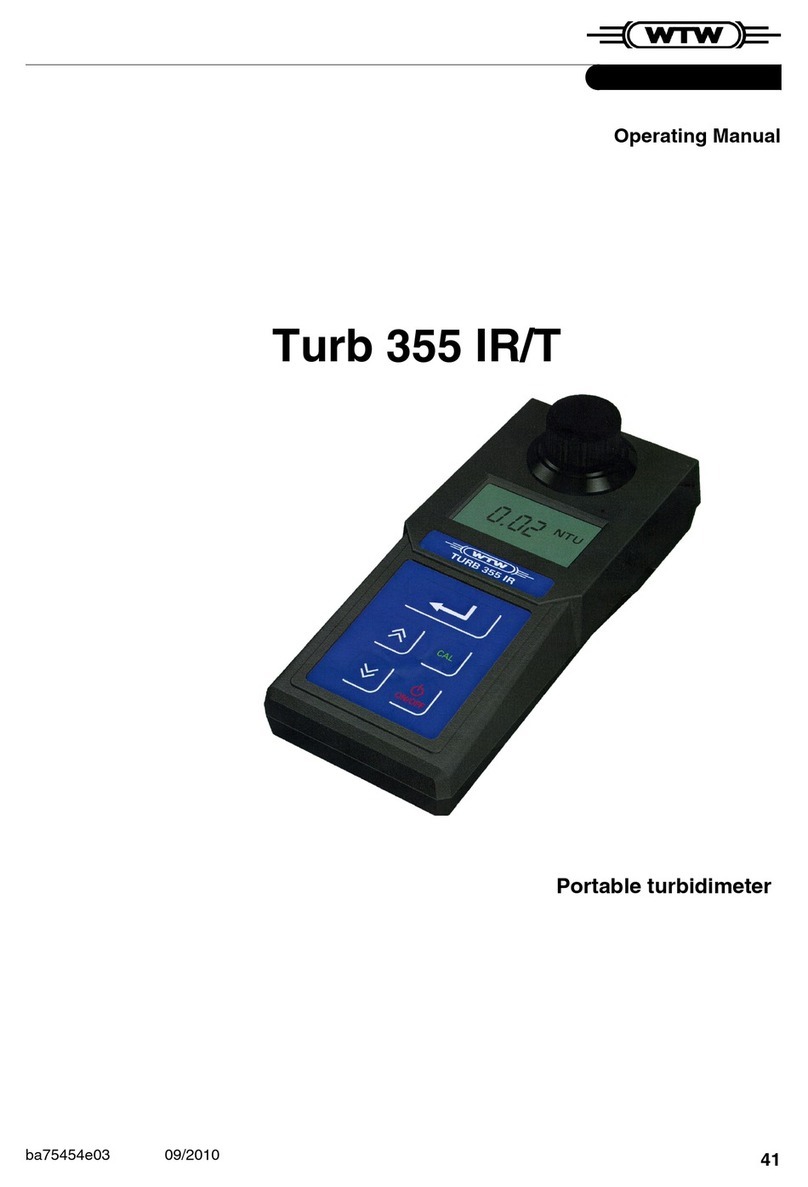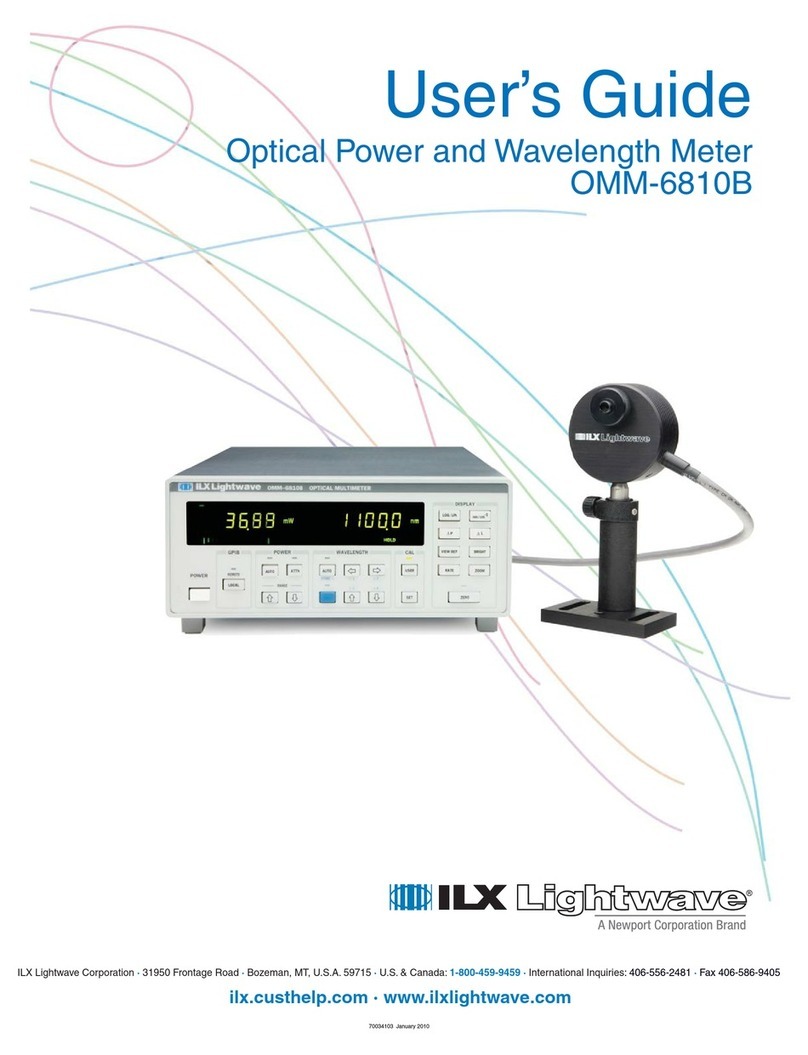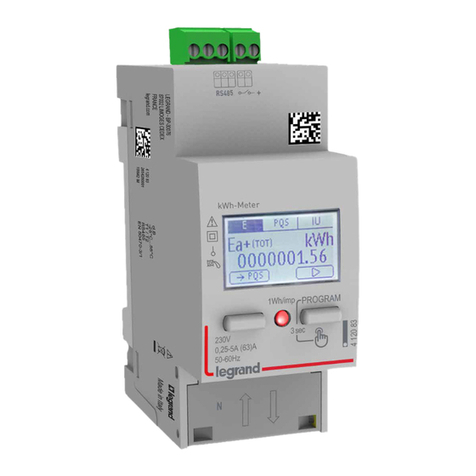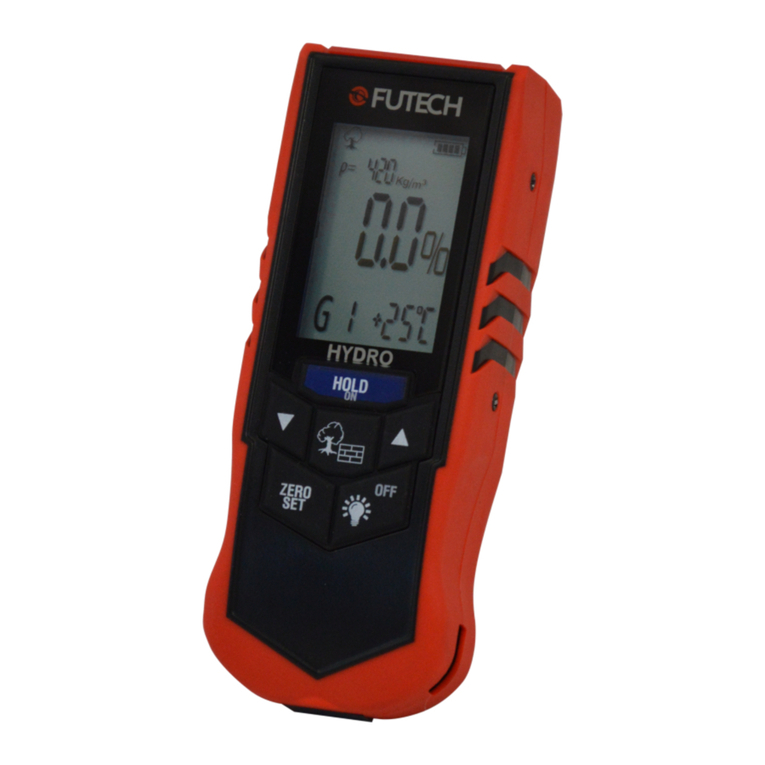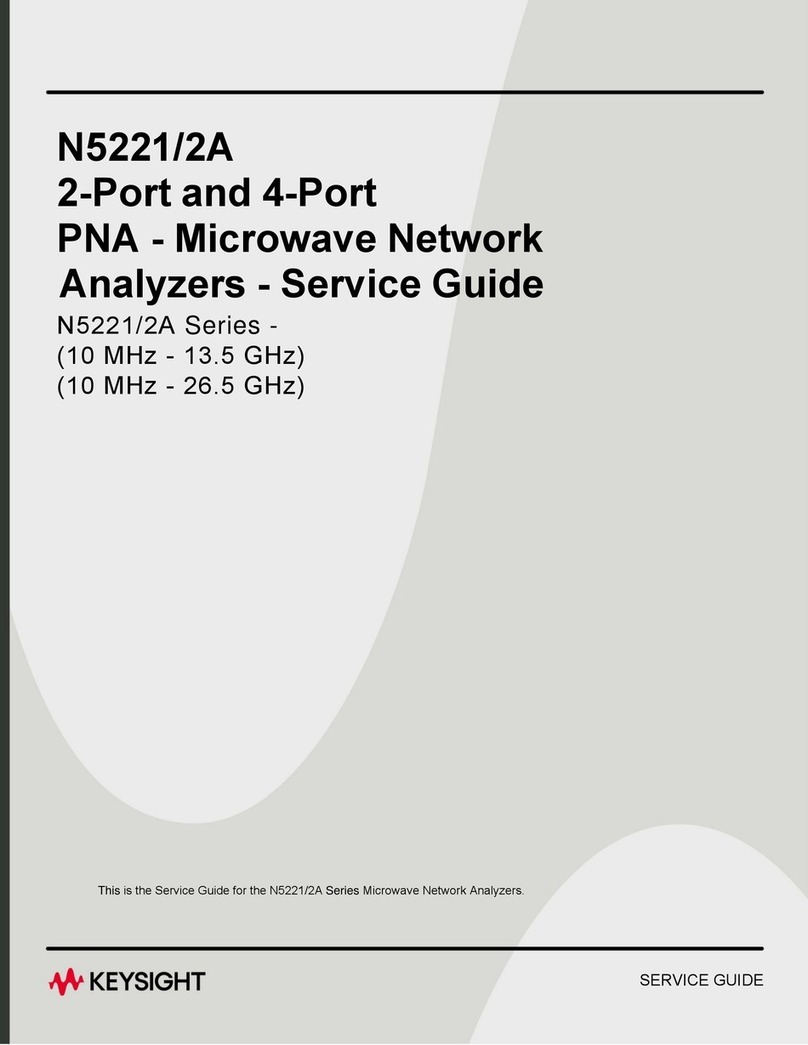
4
EN
DD51-E - DD51-E-RF
Models all rights reserved in accordance with the law. Always mention
the source when reproducing our drawings and photos.
Electronic digital position indicators
1. Safety Instructions
This document contains the safety instructions and mandatory
by law warnings that have to be supplied with the user manual
of products. This device has been designed and manufactured
in accordance with current legislation.
To keep the product in this state, it must be assembled and used
correctly, in strict compliance with the instructions contained in
this instruction manual and with the following specific safety
precautions. This manual is intended as an indispensable
supplement to the existing documentation (catalogues, data
sheets and assembly instructions).
Make sure that the user has read and understood the
instruction manual and in particular this chapter "Safety
instructions". In addition to the instruction manual, all legal
regulations regarding accident prevention and environmental
protection must be observed.
This device complies with Part 15 of the FCC Rules. Operation
is subject to the following two conditions: (1) this device may
not cause harmful interference, and (2) this device must accept
any interference received, including interference that may
cause undesired operation.
This equipment has been tested and found to comply with the
limits for a Class A digital device, pursuant to part 15 of the
FCC Rules. These limits are designed to provide reasonable
protection against harmful interference when the equipment is
operated in a commercial environment.
This equipment generates, uses, and can radiate radio
frequency energy and, if not installed and used in accordance
with the instruction manual, may cause harmful interference
to radio communications. Operation of this equipment in a
residential area is likely to cause harmful interference in which
case the user will be required to correct the interference at his
own expense. To comply with FCC (for DD51-E-RF) exposure
compliance requirements, the antenna used for this transmitter
not be co-located or operating in conjunction with any other
antenna or transmitter.
Use without respecting the specific descriptions/
parameters, in combination with systems/machines/
processes to be controlled, can lead to product
malfunction, which causes:
- health hazards,
- environmental hazards,
- damage to the product and to its proper functionality.
The device must not be used:
- in explosion hazard areas;




















